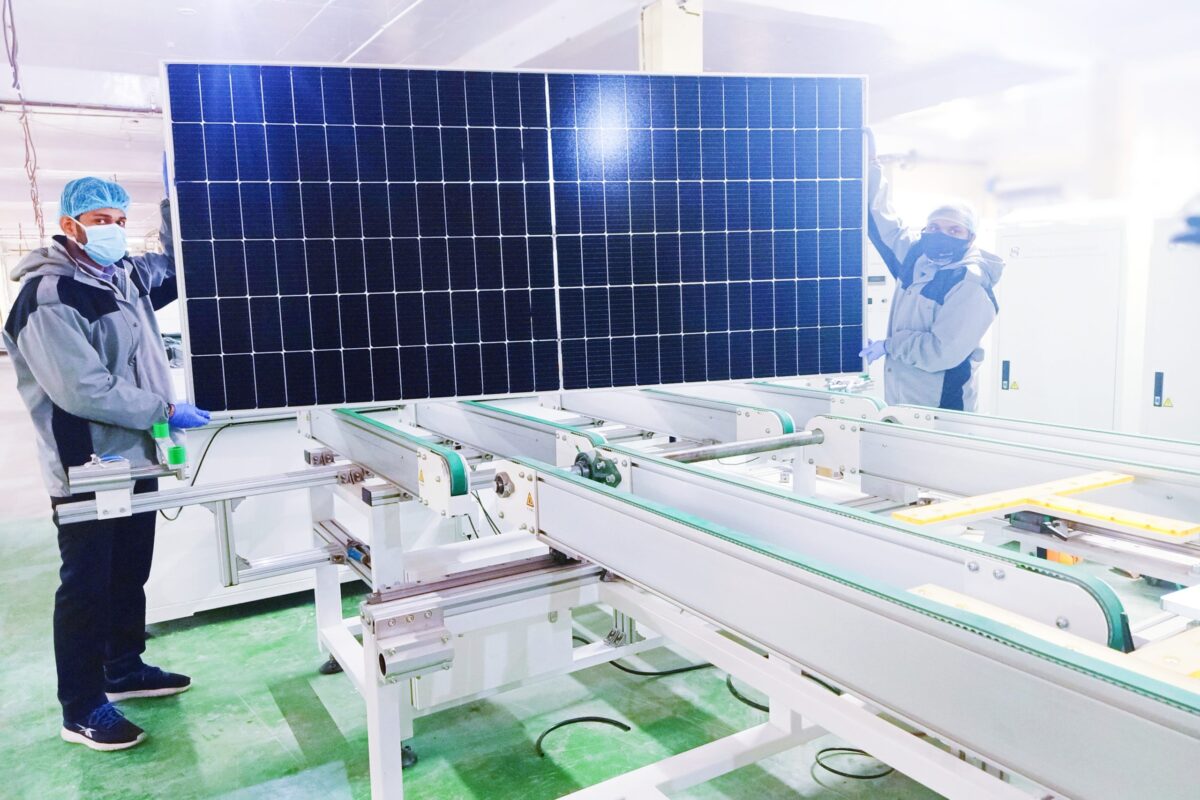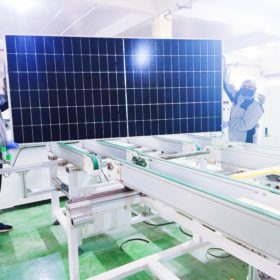From ESS News
As the U.S. battery storage market rapidly expands, insurance underwriters are sounding the alarm on persistent developer missteps when it comes to site selection, space constraints and assumptions about insurability.
Rosa Van Reyk, a senior underwriter at GCube Insurance Services, told ESS News that while developers generally understand what makes insurance more affordable and accessible, there are still some key blind spots.
“I think people widely appreciate what will make it easier for them to get insurance coverage and to make sure it is priced affordably,” she said.
That said, batteries are still being put in tightly confined areas, which can be a difficult pill for insurers to swallow.
“There’s so much new construction now and we’re seeing people build battery projects where they may not always have the advantage of space,” she explained, noting that projects that add energy storage to industrial sites like steel plants tend to be limited by space constraints. “It’s a sort of bathtub curve of not being very comfortable and then eventually sliding into a more comfortable level.”
But, she added, some developers feel more like they can push the limits because more insurers are entering the storage ballgame.
“A lot of insurers are keen to fulfill ESG initiatives, and for many that means underwriting green energy,” Van Reyk pointed out. Still, the storage market can be new territory for many insurers who might not have underwritten and insured losses from battery projects.
That can cause projects to be improperly priced.
To continue reading, please visit our ESS News website.
This content is protected by copyright and may not be reused. If you want to cooperate with us and would like to reuse some of our content, please contact: editors@pv-magazine.com.









By submitting this form you agree to pv magazine using your data for the purposes of publishing your comment.
Your personal data will only be disclosed or otherwise transmitted to third parties for the purposes of spam filtering or if this is necessary for technical maintenance of the website. Any other transfer to third parties will not take place unless this is justified on the basis of applicable data protection regulations or if pv magazine is legally obliged to do so.
You may revoke this consent at any time with effect for the future, in which case your personal data will be deleted immediately. Otherwise, your data will be deleted if pv magazine has processed your request or the purpose of data storage is fulfilled.
Further information on data privacy can be found in our Data Protection Policy.